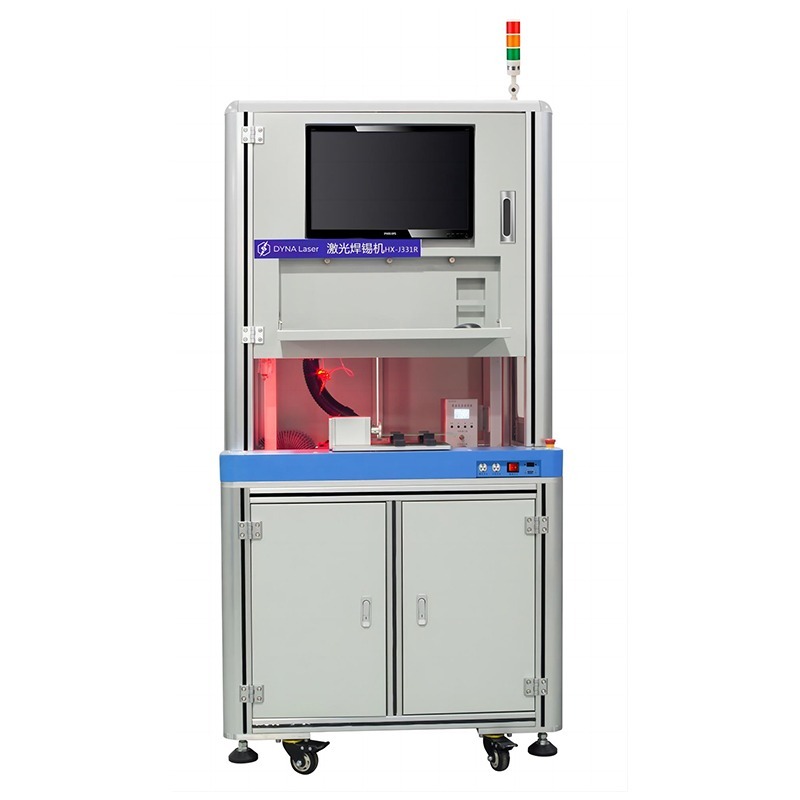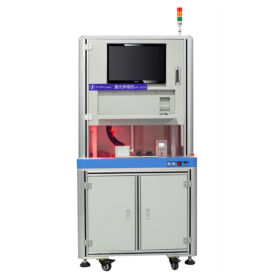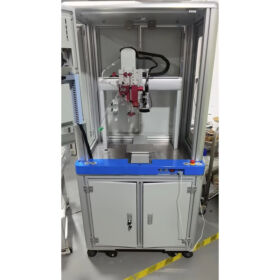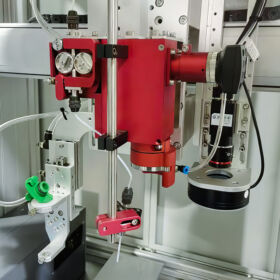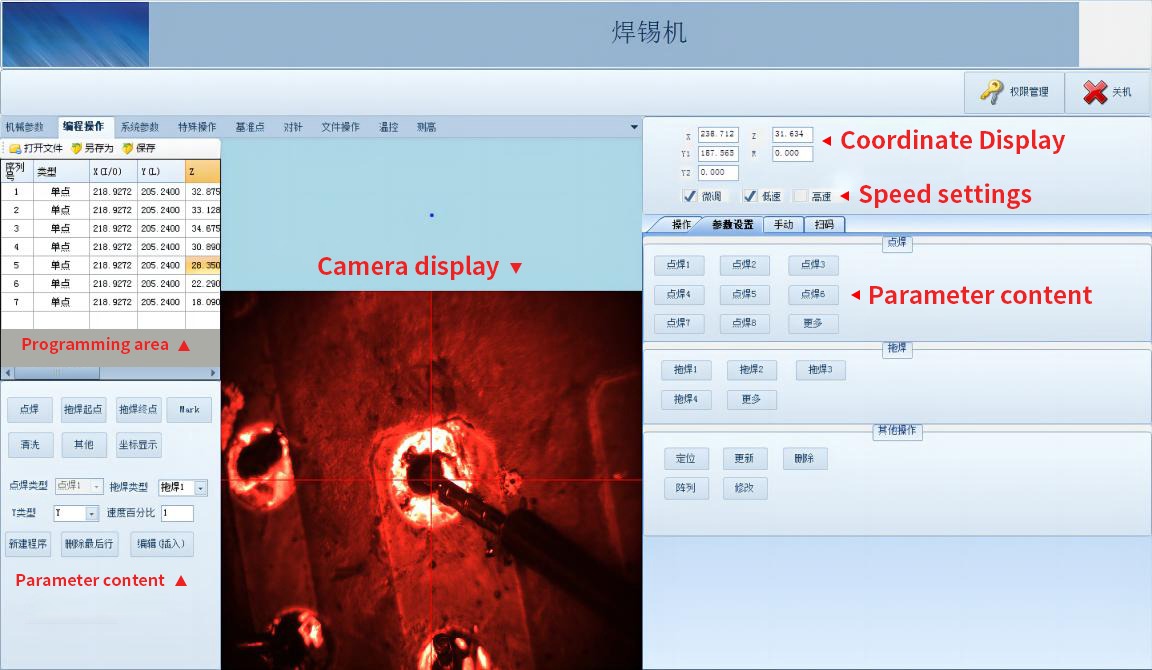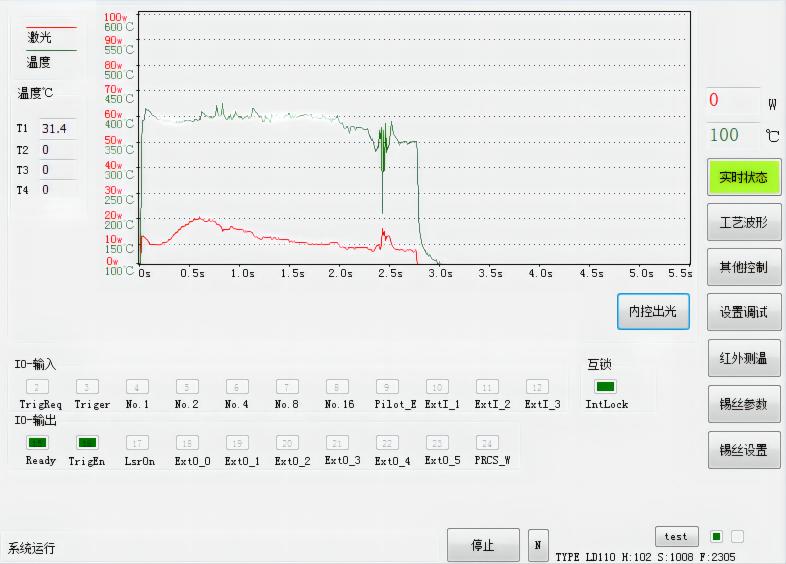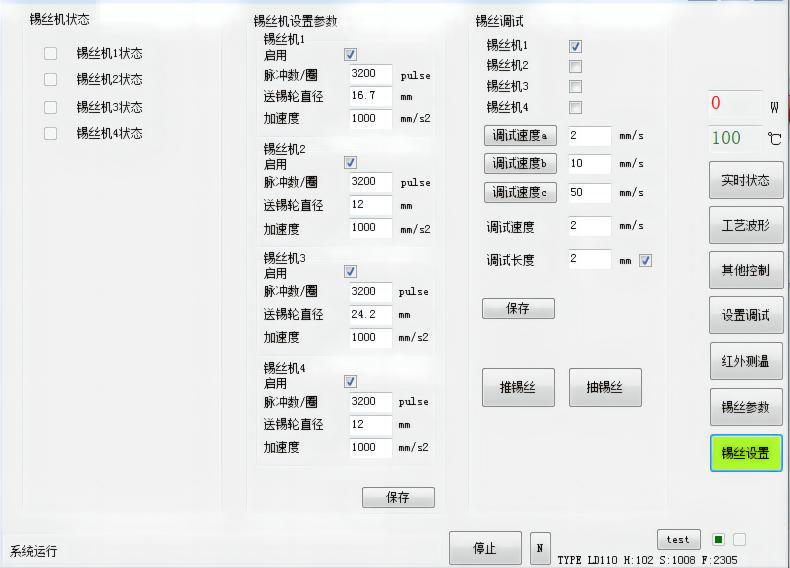1、 Comparison between laser soldering and soldering iron soldering
Laser constant temperature soldering
![]() Remote welding, non-contact, no load on the substrate
Remote welding, non-contact, no load on the substrate
![]() Adapt to complex surfaces without interference
Adapt to complex surfaces without interference
![]() The light spot can reach the micrometer level and is suitable for needle tip solder joints
The light spot can reach the micrometer level and is suitable for needle tip solder joints
![]() Rapid heating with minimal impact on the heat around the solder joint
Rapid heating with minimal impact on the heat around the solder joint
![]() The solder joint temperature is continuously adjustable from 100 to 600 ℃,with automatic temperature control
The solder joint temperature is continuously adjustable from 100 to 600 ℃,with automatic temperature control
![]() Almost no maintenance required
Almost no maintenance required
Soldering iron welding
![]() Must come into contact with the substrate surface and exert a load on the substrate
Must come into contact with the substrate surface and exert a load on the substrate
![]() Due to physical contact, it is difficult to achieve fine solder joints
Due to physical contact, it is difficult to achieve fine solder joints
![]() Only a certain size of solder joints can be used
Only a certain size of solder joints can be used
![]() Slow temperature rise and significant thermal impact around the solder joint
Slow temperature rise and significant thermal impact around the solder joint
![]() Welding temperature cannot be stably controlled
Welding temperature cannot be stably controlled
![]() Frequent replacement or maintenance of soldering iron heads is required
Frequent replacement or maintenance of soldering iron heads is required
2、 Equipment advantages
- Coaxial temperature measurement system, outputting real-time temperature control curve;
- For FPC and PCB soldering, SMT non temperature resistant components, and thermistor soldering;
- Outstanding advantages, high efficiency, and good performance;
- There is a mixed process of lead and lead-free, which only requires better soldering wire, no pollution, and quantitative tin feeding without waste;
- Suitable for products with small and large batches, small solder joints, difficult to access solder joints, and high inner layer difficulty;
- Using laser, temperature measurement, and CCD coaxial methods for welding;
- The visual system recognizes and locates the solder joints, and uses a three-axis motion system to move the product to the designated position (laser position). The Z-axis automatically adjusts the laser focal length and wire feeding height;
- The laser system operates, and during the process of outputting laser, the wire feeding mechanism automatically feeds the wire, melts the tin wire, and completes welding.
 DYNALAS
DYNALAS
